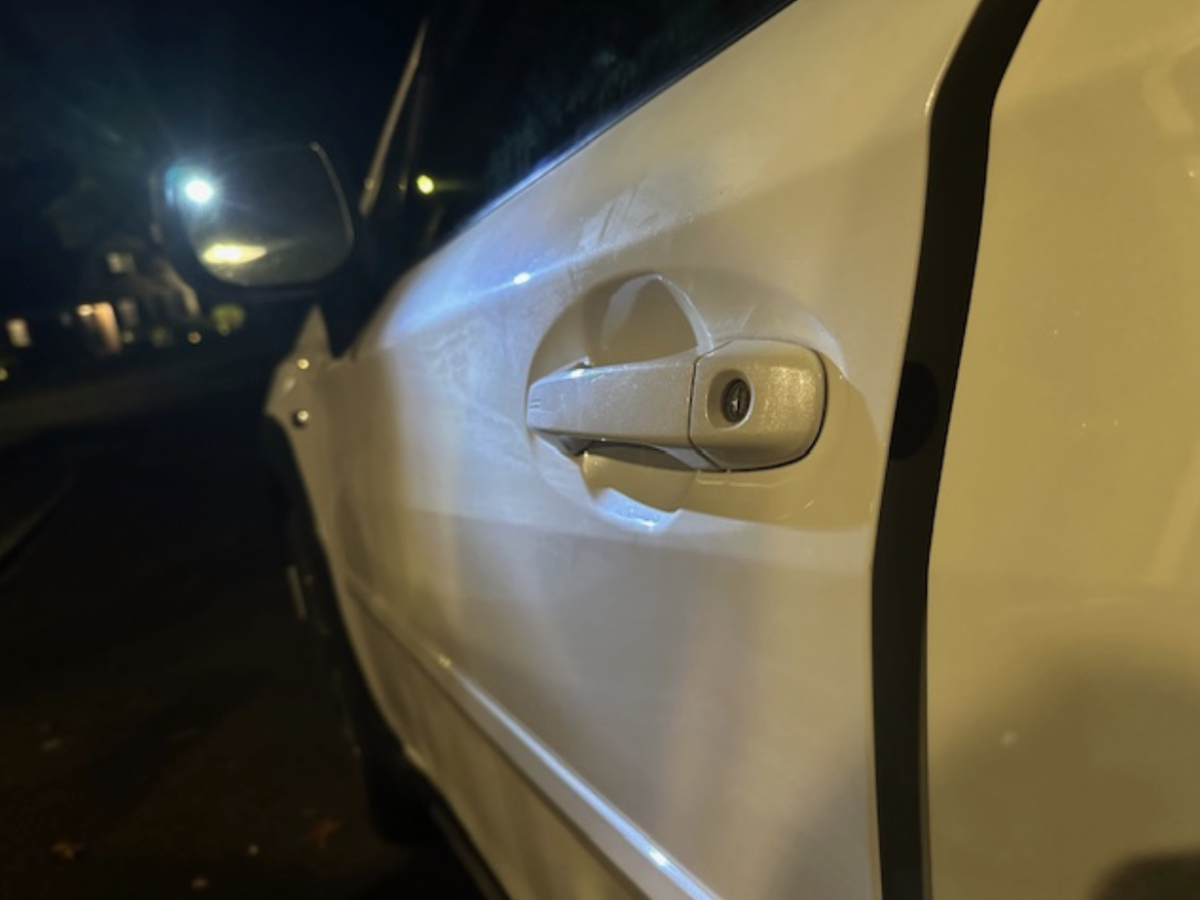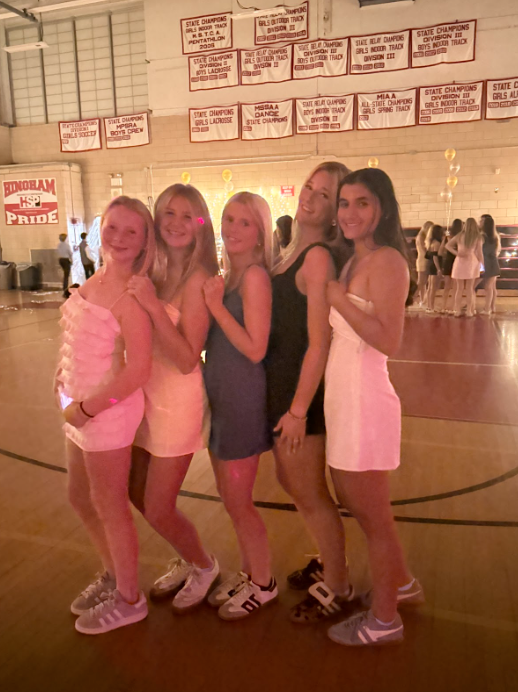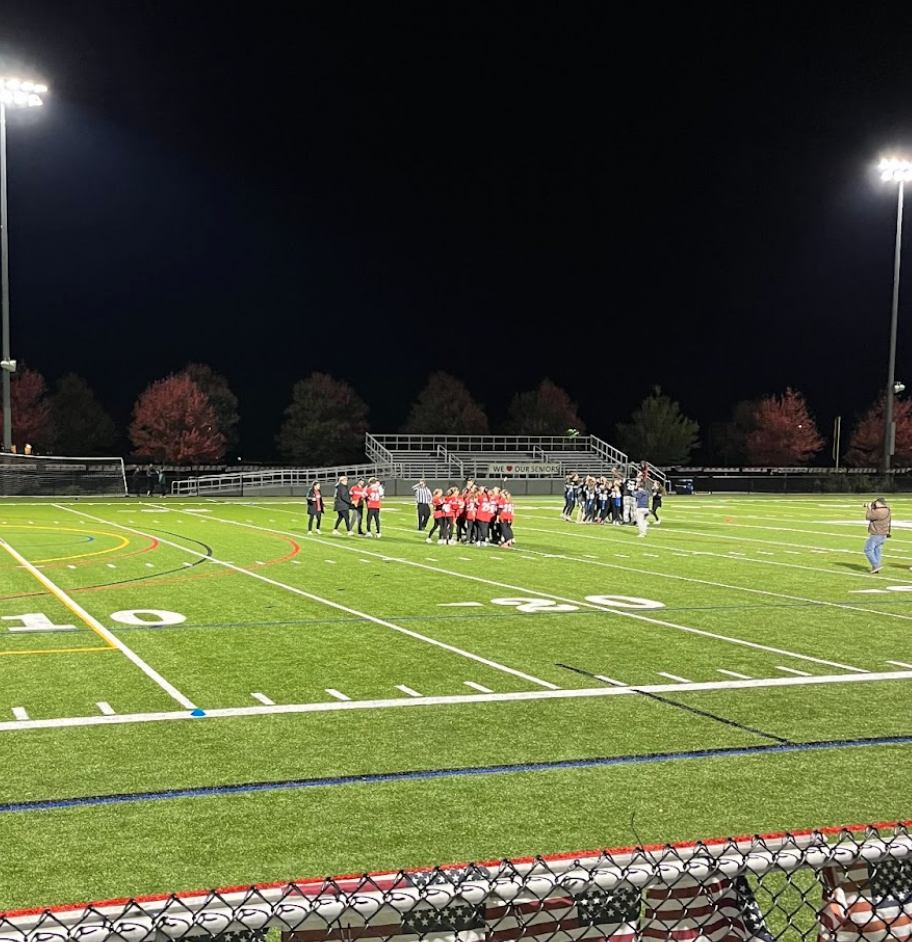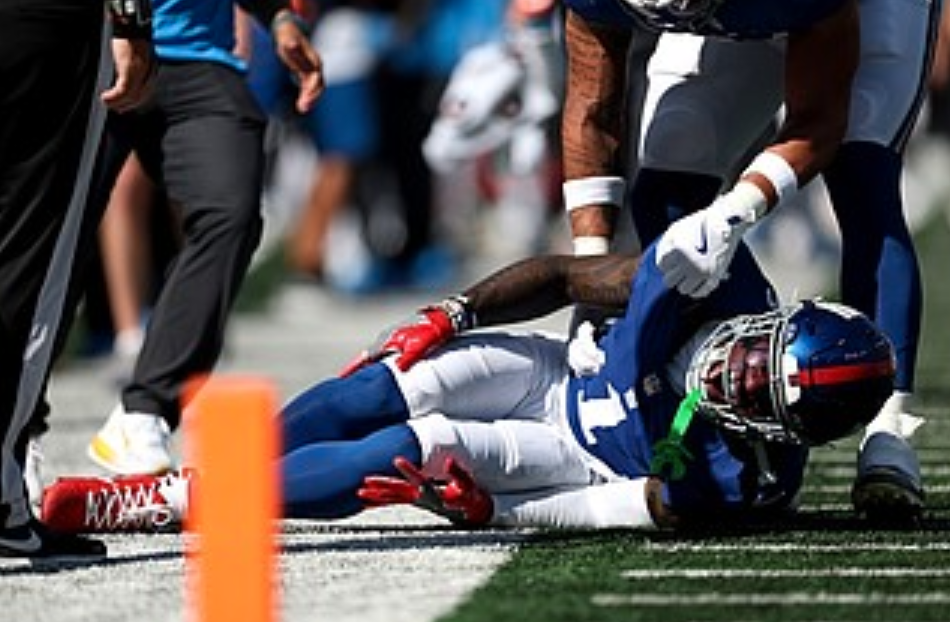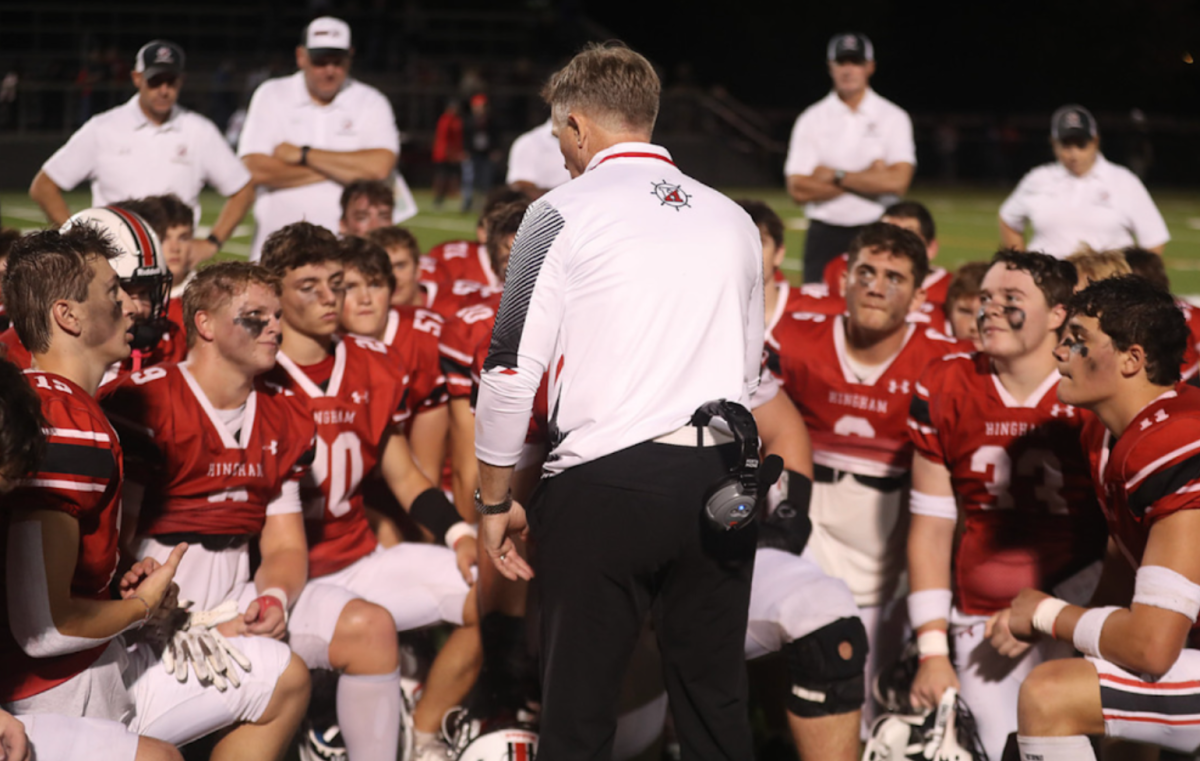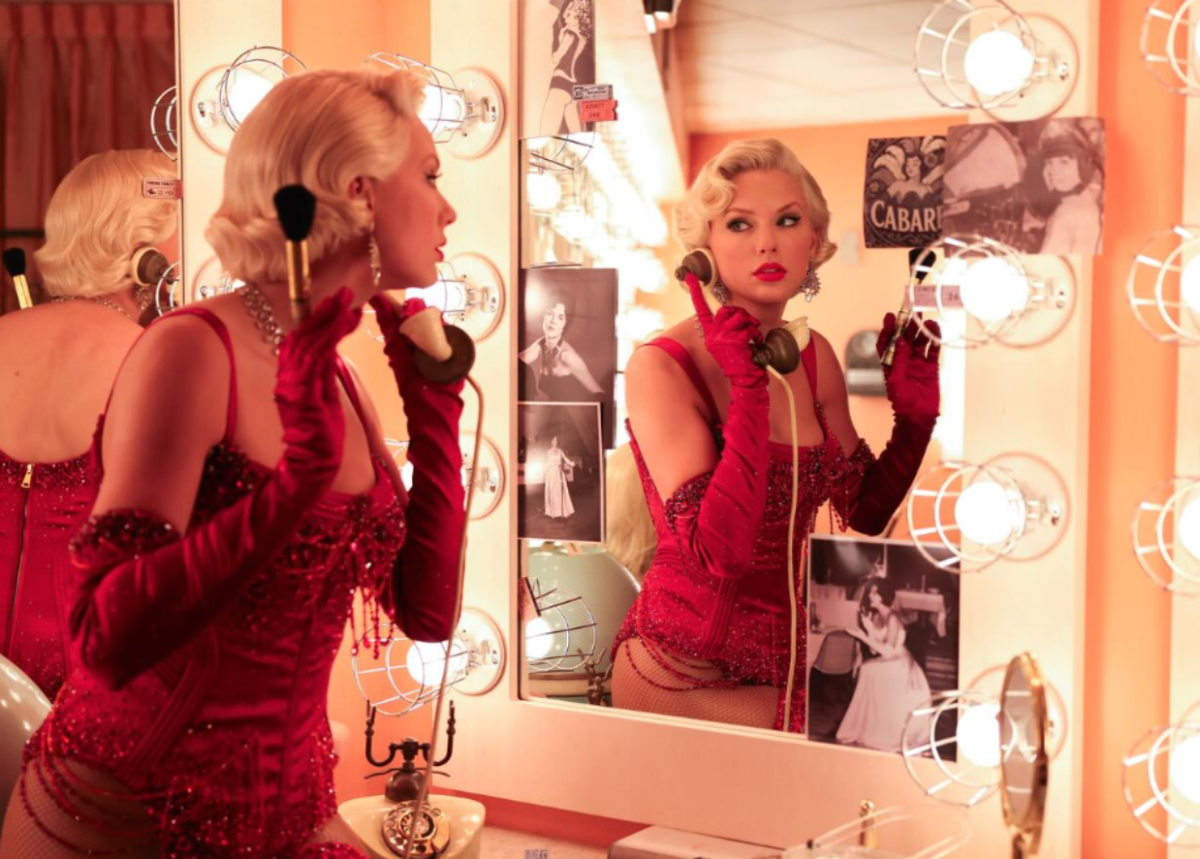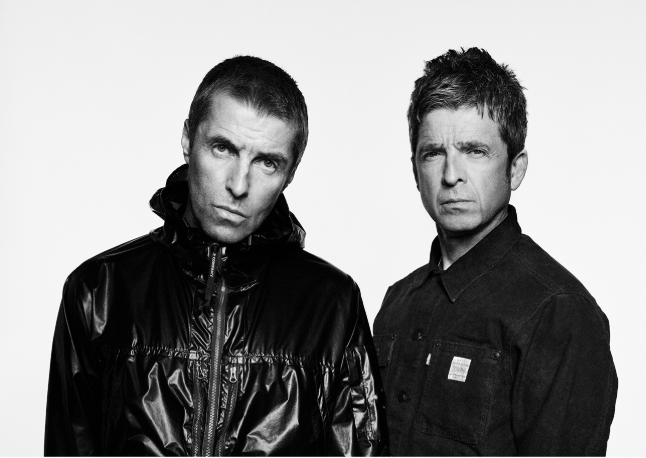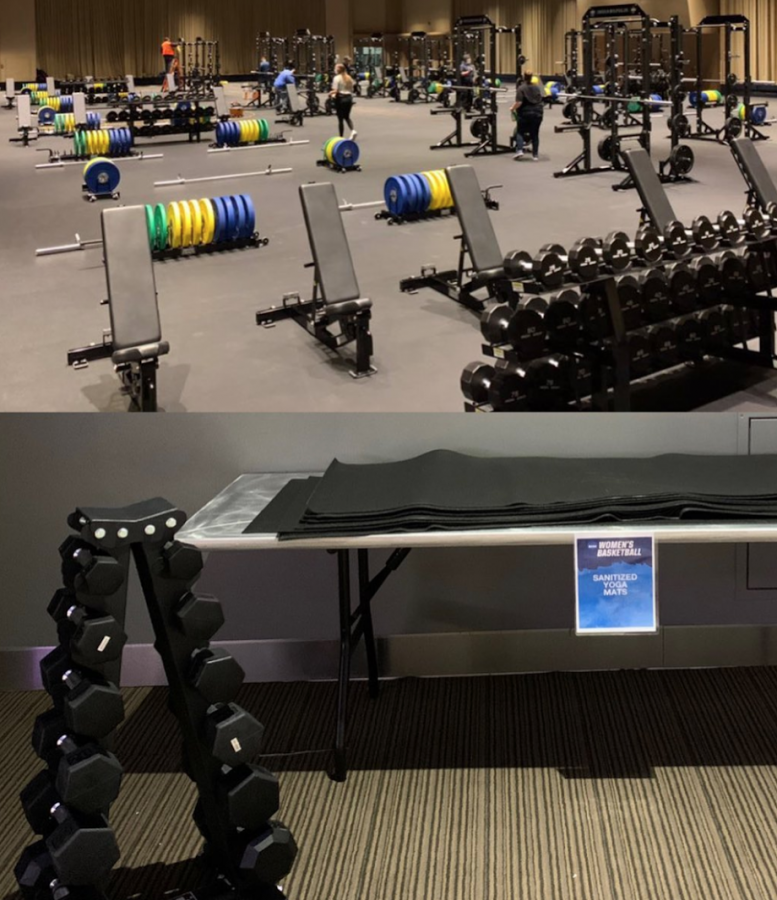Inequality in March Madness
Outrage sparked from viral post of the full-scale gym for the men’s teams compared to the yoga mats and hand weights provided to women’s teams.
March 29, 2021
Last week, the National Collegiate Athletic Association’s 2021 March Madness tournaments overtly highlighted the long-prevailing disparity between the treatment of men and women’s sports.
Upon arrival at the NCAA’s Women’s March Madness tournament ‘bubble’ in San Antonio, Texas, the top women’s college basketball players in the nation faced absurdly unequal accommodations to their male counterparts playing in Indianapolis. Social media proved an asset to Stanford sports performance coach Ali Kershner this past week in her exposition of subpar workout facilities; a pile of yoga mats and six pairs of weights for women’s teams compared to a full-scale gym for their male counterparts. Following Kershner’s viral contributions, further inequalities emerged via social media.
In response to the pictures, NCAA Senior VP of Women’s Basketball Lynn Holzman initially released a Twitter statement last Thursday claiming that “We acknowledge that some of the amenities teams would typically have access to have not been as available inside the controlled environment… We want to be responsive to the needs of our participating teams, and we are actively working to enhance existing resources at practice courts, including additional weight training equipment.”
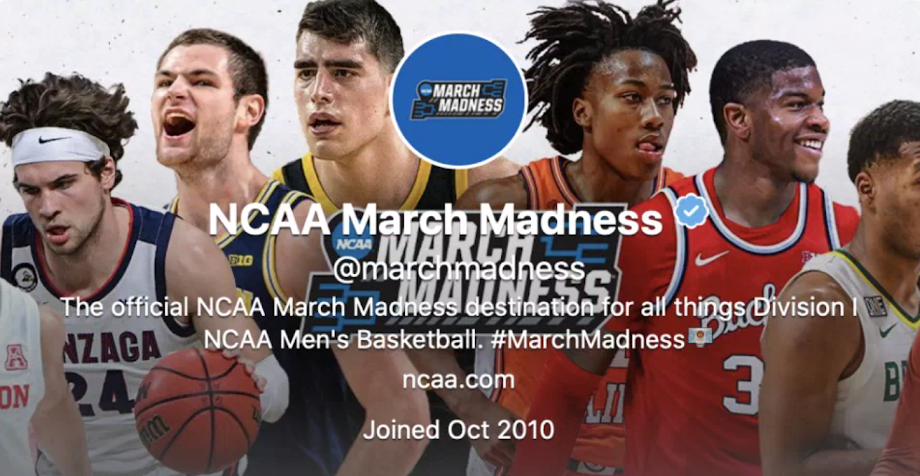
Oregon sophomore Sedona Prince countered the claim last Friday on a TikTok now amassing 9.2 million views and 2.8 million likes displaying the drastic inequality between the gendered workout facilities. In the video, Prince debunked the so-called space limitations of the “controlled environment” with evidence of the large vacant room next to the dumbbells and stated that “if you aren’t upset about this problem, then you’re a part of it.”
Prince’s video quickly gained traction from WNBA and NBA players alike, including Stephen Curry, A’ja Wilson, Kyrie Irving, and Sabrina Ionescu. The posts sparked backlash from players, coaches, the media, and fans, including students at Hingham High School.
A sophomore on the Girls’ Varsity basketball team at HHS, Sarah Holler, was “disappointed to hear of the situation during March Madness and the NCAA tournament between the men and women’s teams and inequity in the weight rooms.” She claimed that “There should be no difference between what one team receives over another. I feel that we are fortunate here at Hingham to have a school and athletic department that strives to have opportunities and facilities the same for both boys and girls sports.”

The discrepancy of treatment between the two tournaments spanned far beyond the workout facilities. Videos and images, including a later TikTok from Prince displayed a full buffet set-up in Indianapolis while women were given pre-packaged meals and women’s gift bags paled in comparison to those of male players.
Gender inequalities further threatened the conditions of the teams as women’s teams received less reliable antigen tests than the men’s gold-standard PCR tests despite the intense measures taken by the NCAA to move forward with the tournament in a pandemic year. In the first two rounds of the tournament, the women’s teams lacked photographers. Despite no trademark restrictions to promote the tournaments of both genders, the “March Madness” logo exists exclusively at the center of the men’s tournament courts, absent from women’s courts.
After discussions in class about the discrepancies, sophomore Whitley Thompson shared with the Harborlight that “Although the contrast of the weight rooms was initially shocking, unfortunately, it is what I have come to expect from large corporations regarding women’s sports. It is clear that men’s sports are held to a higher standard from most angles being that they have a larger fan base, more funding, and are often prioritized in the media.”
To Thompson’s point, the NCAA Tournament twitter account bears no reference to the women’s teams, declaring itself the “destination for all things Division I NCAA Men’s Basketball” without acknowledging the female tournament under its organization.
Disappointingly, the stark difference between the privileges of men and women’s teams in NCAA run deeper than the 2021 tournament season. One of the largest financial prizes distributed by the NCAA, the bonuses distributed to conferences which trickle down to member schools, present the gender disparities. Between 1997 to 2018, the NCAA awarded over a billion dollars to the top five men’s conferences (the Big Ten, the Big 12, Atlantic Co
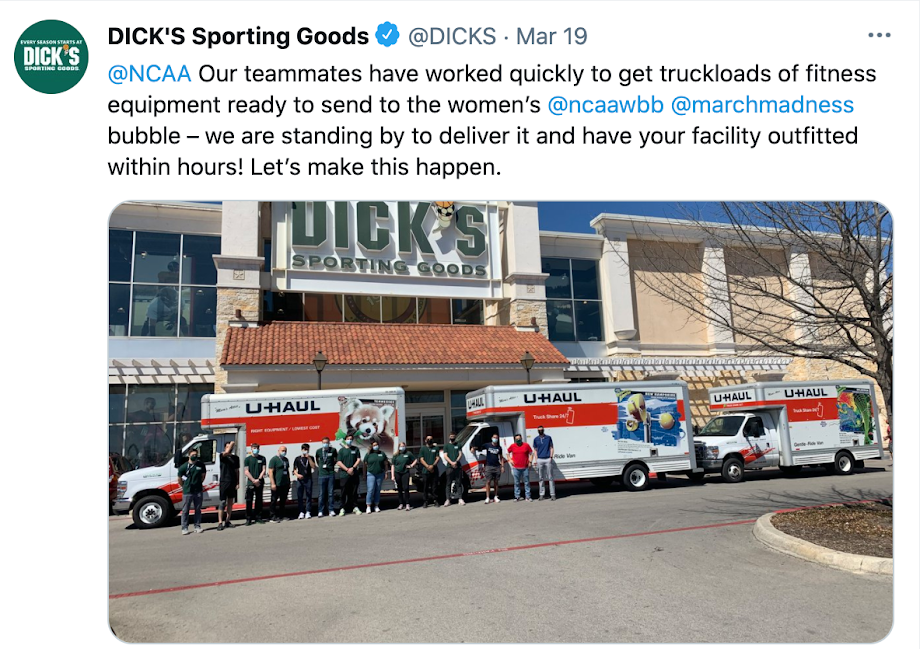
ast Conference, the Southeastern Conference and the Pac-12) while not a penny was given to a single win in women’s tournament since its establishment in 1982.
The NCAA justifies the lack of pay-out by arguing that women’s basketball tournament does not bring in enough revenue. However the NCAA has yet to disclose costs and income for the women’s tournaments vs. the men’s.
The consensus for change is undeniable, and while reparations were made for the women’s weight room, the drive for change must plow forward. Whitley Thompson expresses that further change must be taken in order to “bring down the stigma against decade-old stereotypes that claim some sports are ‘too masculine’ for women.”
While a seemingly abstract concept at times, change proves to be closer at the end of each new day. Upon hearing the news of the weight rooms, investors and sponsors backed the women’s teams against the NCAA, showing support through “truckloads of fitness equipment” from DICK’S Sporting Goods as well as offers for private sessions at open studios or delivering floor and weight equipment from Orange Theory Fitness.


